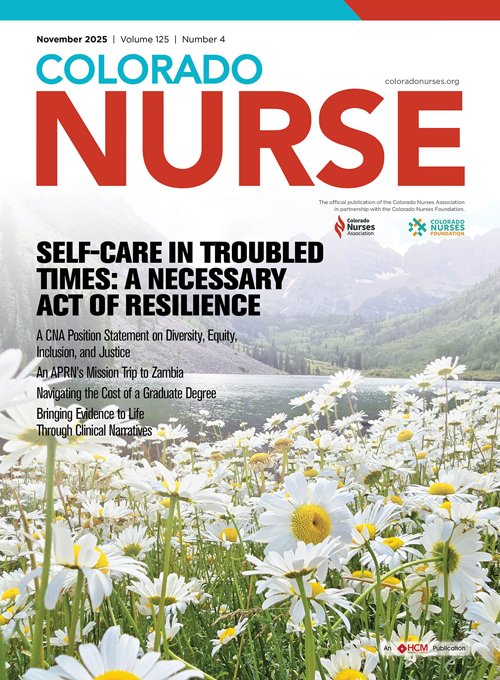Sign up to receive the digital edition of Colorado Nurse
Below are recent articles from
Colorado Nurse, the official publication of the Colorado Nurses Association.

Sign up to receive the digital edition of Colorado Nurse
Below are recent articles from
Colorado Nurse, the official publication of the Colorado Nurses Association.

